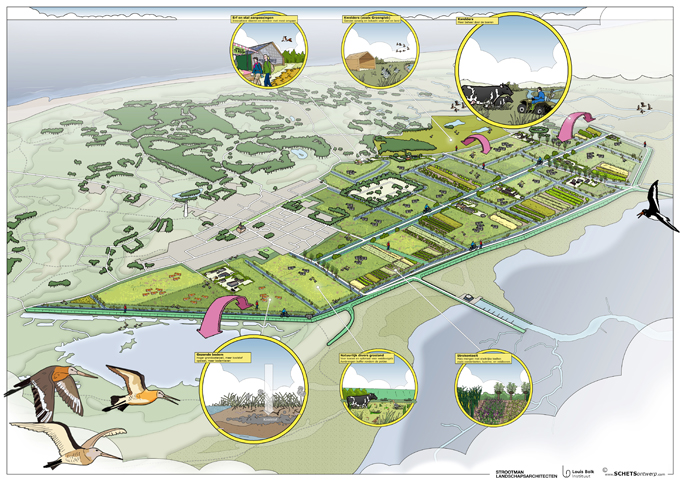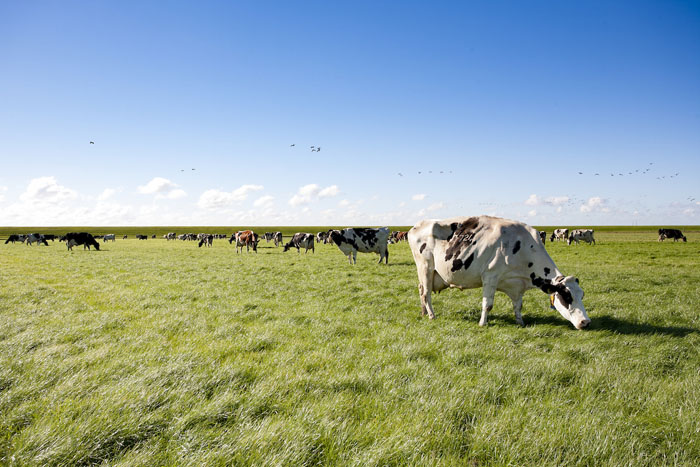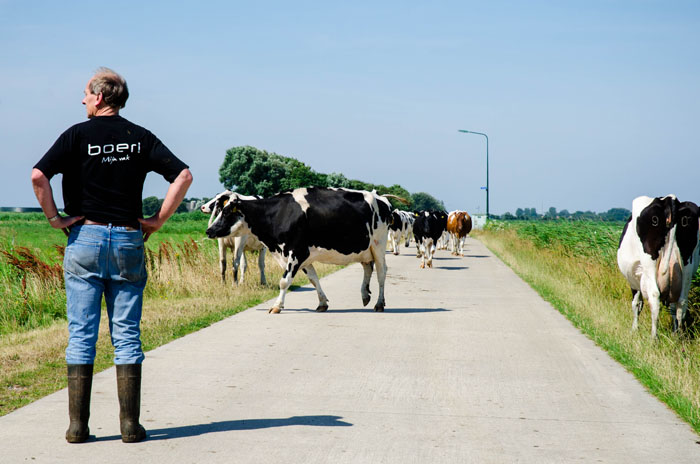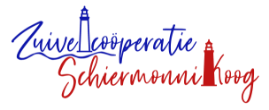Case Study
Biodiverse farming on Schiermonnikoog
Contact name
Kees Van Es
Institution name
Zuivelcooperatie Schiermonnikoog
Region & country
Friesland, The Netherlands
Summary
The seven dairy farmers of the Wadden island Schiermonnikoog work together in a unique way on an extensive biodiversity project. To keep the nature on the island rich and biodiverse, they are taking the lead in a number of nature-promoting measures, with the most striking choice: a voluntary decline in the number of cows by no less than 35%!

Future image Schiermonnikoog

Grassland Schiermonnikooog
Ilja Zonneveld

Cows on Schiermonnikoog
Background of the project
Schiermonnikoog was an island with seven conventional farms.
The dairy farmers on Schiermonnikoog want to develop towards circular agriculture on the island, where the pressure on nature is within acceptable limits.
Solution and actions taken
Fewer cows on the island means less nitrogen, and so we are working on a more biodiverse, flower-rich environment to make Schiermonnikoog an ideal living environment for humans and animals in the future. This transition is based on three pillars:
– The realization of a biodiverse agriculture on the island
– Producing and selling own dairy products from the Island.
– Residual flows
Measures will be implemented to make agriculture on the island more biodiverse, such as strip cultivation, healthier soil life and a substantial reduction in livestock. The loss of income due to the downsizing of the livestock of the cows will be compensated by selling island cheese products. This enables the farmers to work more extensively. Finally, the farmers take care of the residual flows that agricultural production entails.
Other institutions or parties involved
In this project, the farmers work very closely with the government and the business community. Among others they include the Louis Bolk Institute, Ministry of Agriculture, Nature and Food Safety, Provincie Fryslân, Gemeente Schiermonnikoog, D&U Advies, Rabobank, Natuurmonumenten and FrieslandCampina. They are very proud of that!
Results
The farmers hope that the first results of their efforts will be visible on the island in the course of 2021 and have the ambition to reduce their livestock by 1 January 2021. The project is a complex, but beautiful process that ensures a harmonious balance between farmer and nature on Schiermonnikoog!
Challenges
The biggest stumbling block was the legislation on nitrogen, and we found out that farmers can take nature-promoting measures through a CAP pilot. Through this pilot they can achieve nitrogen reduction. For us this CAP pilot is an important part of the solution and gave us the energy and motivation to further shape this project together with nature organizations and (semi) government.
Lessons learned
The lesson we have learned from the project is that very different stakeholders can work well together if you work towards a common goal and get the right knowledge and the network to get things done.
Contact name
Kees Van Es
Institution name
Zuivelcooperatie Schiermonnikoog
Website(s)
